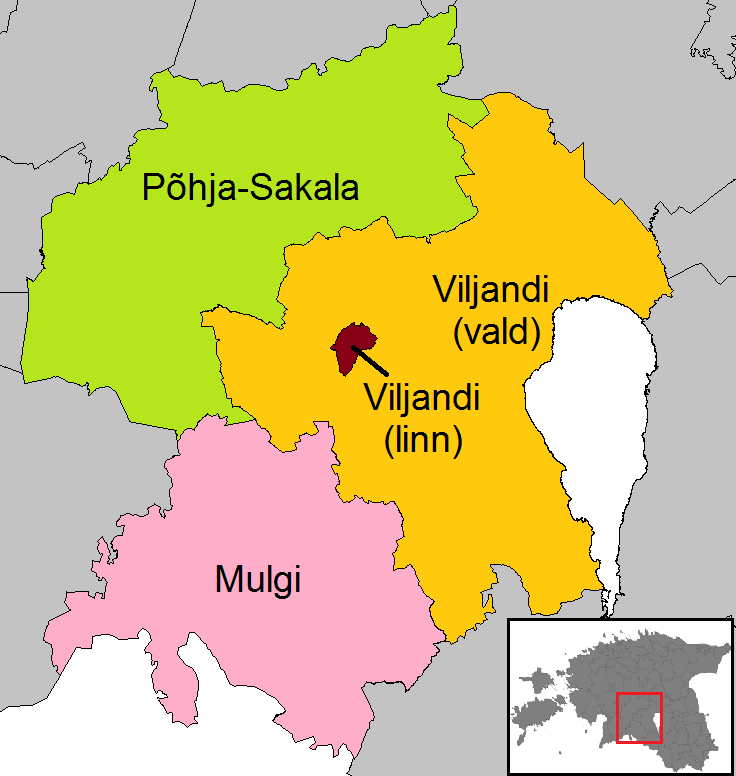|
Tarvastu River
The Tarvastu River is a river in Viljandi County, Estonia Estonia, officially the Republic of Estonia, is a country in Northern Europe. It is bordered to the north by the Gulf of Finland across from Finland, to the west by the Baltic Sea across from Sweden, to the south by Latvia, and to the east by Ru .... The river is 26.9 km long, and its basin size is 111.4 km2. It discharges into Lake Võrts. References Rivers of Estonia Viljandi County {{Estonia-river-stub ... [...More Info...] [...Related Items...] OR: [Wikipedia] [Google] [Baidu] |
Võrtsjärv
Lake Võrtsjärv ( ; ) is a lake in southern Estonia with an area of 270 km² (104 mi²). It is the second largest lake in Estonia (after Lake Peipus), and the largest lake situated entirely within Estonia. The shallow lake is 33.7 m (111 ft) above sea level. The Emajõgi river flows from Lake Võrtsjärv to Lake Peipus. History The lake basin existed before the last Ice Age, but was then transformed by moving ice sheets which partly eroded the lake wall and partly filled the depression with deposits. In its present form the lake has existed since the Middle Holocene. It was first mentioned in the Livonian Chronicle of Henry, where it is called ''Worcegerwe''. Geography The relatively low shores of the lake are swampy in the south and sandy in the north. On the eastern shore, there is a coastal abrasion near the village of Tamme; these cliffs have yielded a number of fossils of Devonian fish, which have been compared to similar fossils found in Scotla ... [...More Info...] [...Related Items...] OR: [Wikipedia] [Google] [Baidu] |
Estonia
Estonia, officially the Republic of Estonia, is a country in Northern Europe. It is bordered to the north by the Gulf of Finland across from Finland, to the west by the Baltic Sea across from Sweden, to the south by Latvia, and to the east by Russia. The territory of Estonia consists of the mainland, the larger islands of Saaremaa and Hiiumaa, and over 2,300 other islands and islets on the east coast of the Baltic Sea. Its capital Tallinn and Tartu are the two largest List of cities and towns in Estonia, urban areas. The Estonian language is the official language and the first language of the Estonians, majority of its population of nearly 1.4 million. Estonia is one of the least populous members of the European Union and NATO. Present-day Estonia has been inhabited since at least 9,000 BC. The Ancient Estonia#Early Middle Ages, medieval indigenous population of Estonia was one of the last pagan civilisations in Europe to adopt Christianity following the Northern Crusades in the ... [...More Info...] [...Related Items...] OR: [Wikipedia] [Google] [Baidu] |
Viljandi County
Viljandi County ( or ''Viljandimaa''; ) is one of 15 counties of Estonia. It is located in southern Estonia bordering Pärnu, Järva, Jõgeva, Tartu and Valga counties as well as Latvia. History Viljandimaa, under the German name of ''Kreis Fellin'', was an important centre of commerce and power in the Middle Ages. Today, there are numerous castle ruins there dating from that time. Soomaa National Park is a national park located partially within Viljandi County, Estonia. Soomaa ("land of bogs") protects 390 km2, and is a Ramsar site of protected wetlands. The park was created in 1993. Retrieved 25 January 2016. County government The Viljandi[...More Info...] [...Related Items...] OR: [Wikipedia] [Google] [Baidu] |
Drainage Basin
A drainage basin is an area of land in which all flowing surface water converges to a single point, such as a river mouth, or flows into another body of water, such as a lake or ocean. A basin is separated from adjacent basins by a perimeter, the drainage divide, made up of a succession of elevated features, such as ridges and hills. A basin may consist of smaller basins that merge at river confluences, forming a hierarchical pattern. Other terms for a drainage basin are catchment area, catchment basin, drainage area, river basin, water basin, and impluvium. In North America, they are commonly called a watershed, though in other English-speaking places, " watershed" is used only in its original sense, that of the drainage divide line. A drainage basin's boundaries are determined by watershed delineation, a common task in environmental engineering and science. In a closed drainage basin, or endorheic basin, rather than flowing to the ocean, water converges toward the ... [...More Info...] [...Related Items...] OR: [Wikipedia] [Google] [Baidu] |
Rivers Of Estonia ...
Rivers of Estonia are short and mostly have a small discharge. Only 10 rivers are longer than 100 km. The largest river is the Narva (length 77 km) on the Estonian–Russian border, whose average discharge is larger than that of all other rivers combined. Longest rivers List of rivers ''List is incomplete.'' ReferencesEstonica: The hydrographic network* {{List of rivers of Europe Estonia Rivers A river is a natural stream of fresh water that flows on land or inside caves towards another body of water at a lower elevation, such as an ocean, lake, or another river. A river may run dry before reaching the end of its course if it ru ... [...More Info...] [...Related Items...] OR: [Wikipedia] [Google] [Baidu] |


